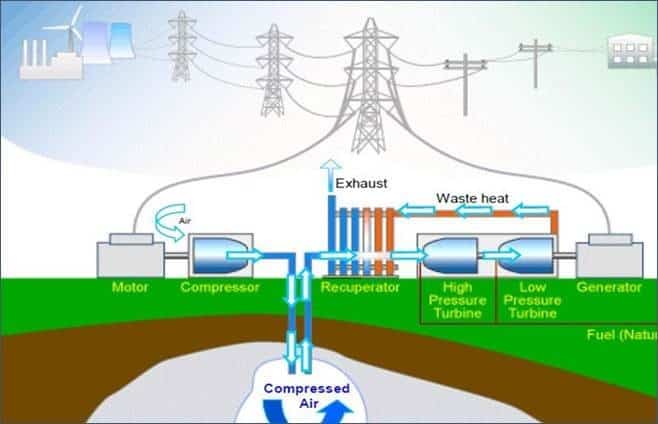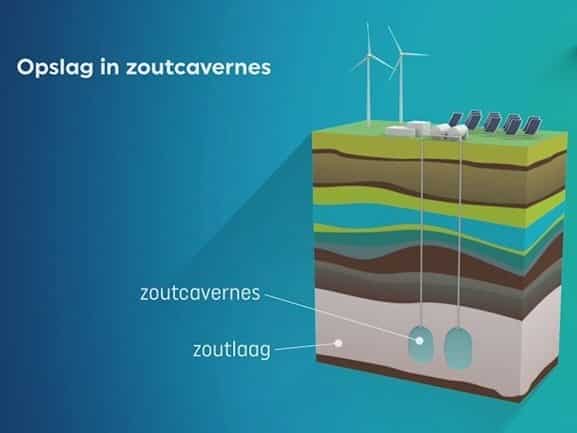Energy storage
In the Netherlands, we are generating more and more sustainable energy, which is fantastic! But what happens when we cannot generate sustainable energy for a while? It would be a shame if we had to go back to fossil fuels, such as natural gas and coal. Fortunately, there are ways to store sustainable energy.
The power bank for your phone, the battery in your TESLA, the batteries in the remote control. Just a few examples of energy storage in and around your home. There are equally ways to store energy for your business, even in large quantities. However, this is not a one-size-fits-all solution, and Summit Engineering can help you make the correct choice. We take account of the technical aspects and the business case.

Small-scale storage via power packs or batteries (0.5 to 10 MWh)
Everything in this category is very similar to how you store energy at home, but bigger. Large batteries and power packs are really convenient for storing relatively small amounts of energy quickly and for a short period of time. Very useful for balancing supply and demand, such as peak shaving, facilitating smart energy purchasing, and providing flexibility.
Storage of energy
High speed
Energy balancing

Storage of electricity via Compressed Air Energy Storage (CAES) in salt caverns (to 1.5 GWh)
With Compressed Air Energy Storage (CAES), excess energy is stored in compressed air. Around the world, there are currently two operational CAES installations: one in Elsfleth (Germany) and one in McIntosh (Alabama, United States). A CAES installation can store or make large amounts of energy available in a relatively short period of time. CAES is a very interesting technique if you want to store more energy than can be fitted in a battery and still have it available to you very quickly. Furthermore, this technique can support the grid in terms of frequency, voltage and stability, also known as auxiliary services.
Storage of hydrogen in salt caverns (up to 225 GWh)
Natural gas has long been stored in so-called salt caverns. A salt cavern is a hole the size of the Eiffel Tower in the salt layer of the earth’s soil. Gases like hydrogen can be stored easily inside. This already happens at a few locations worldwide, such as Texas and soon at HyStock in Zoutwending. This is expected to be one of the solutions for the future, as it will enable the storage of very large quantities of energy safely without compromising its quality.

Want to know more about energy storage?
Robbert van der Pluijm
robbert@summitengineering.nl
+31 (0)6 11 00 56 77
